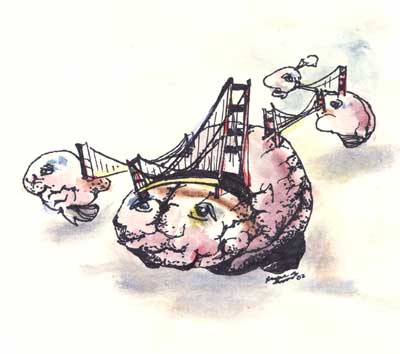Whenever someone tries to compare or analyze the underlyingbases for the culture and customs of different races or groups of people, theperson making the comparison or analysis almost always runs the risk of beingcriticized for what appears to be “generalizations” as to why certain groupsbehave, act and think the way they do. It is, therefore, very important for aresearcher doing a study on human behavior, such as a people’s way of thinking,to define at the outset the scope of the study being made and the methodologyto be used.

 © Serendip® 1994 - All rights reserved. Privacy Policy
© Serendip® 1994 - All rights reserved. Privacy Policy

